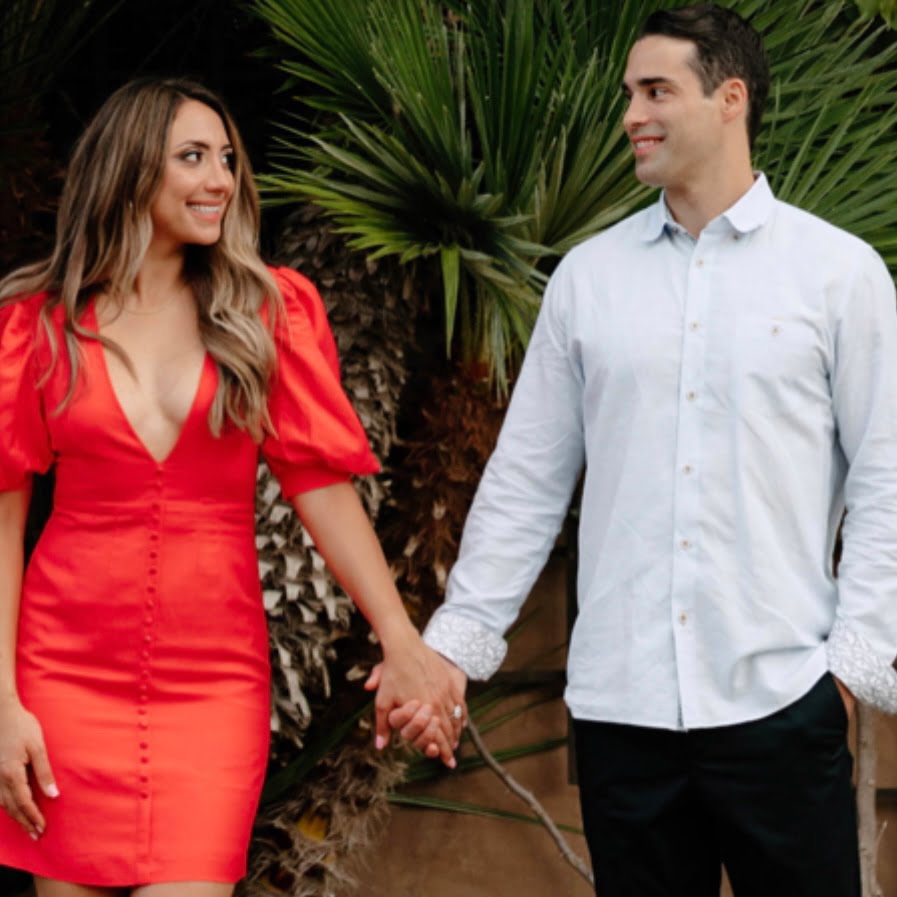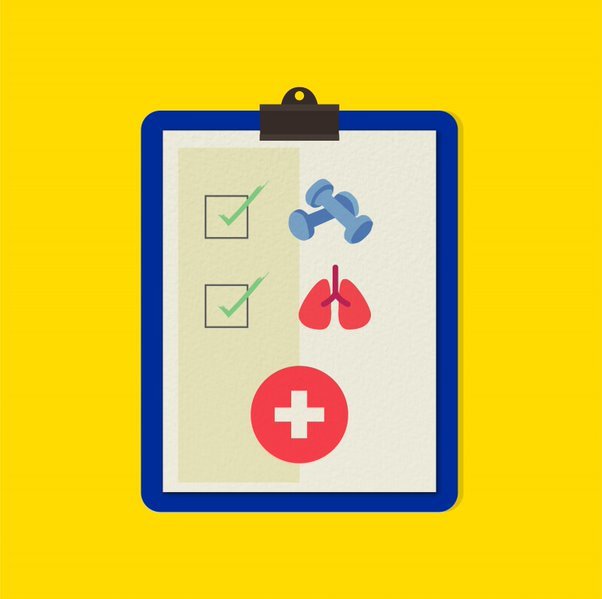Q&A With Tatev Oganyan of the Oganyan Agency: Changing the Game in Cannabis


Q&A With Tatev Oganyan of the Oganyan Agency: Changing the Game in Cannabis

You might love your partner with all your heart. However, you might also feel concerned that the fizzle is dying. How can you reignite your former spark?

Dr. Ayla Barmmer discusses the importance of male fertility via 360 Magazine.

Why you shouldn’t buy Bitcoin with Paypal via 360 Magazine

Health is important, and having a good diet is necessary, but with a million “experts” out there, it’s hard to know what to take seriously. This is why to trust scientists like Nicole Avena, PhD, Associate Professor of Neuroscience at Mount Sinai School of Medicine and Visiting Professor of Health Psychology and Princeton University. She […]

Natalia Wilson, managing partner of Ain & Bank, is one of the most highly respected attorneys in Washington D.C. and is one of the nation’s leading matrimonial lawyers. Ain & Bank is a boutique law firm offering bespoke legal solutions and protections to some of the country’s most high-profile individuals from captains of industry to […]

Yes, You CAN Fit Travel into a Busy Career. It Just Takes Planning. By Karen Gershowitz I know what you’re thinking: Travel is opening back up and I’m itching to go. But when I’m drowning in deadlines and work and want to spend time with family and friends, how can travel possibly fit in? The […]

Sometimes despite your best efforts it can be hard to lose those extra pounds. Chemist, nutrition and exercise expert Christine Hronec shares three tips on why you may not be losing weight. 1. Because you are eating too much. In order to drop weight, now we’re not talking about fat just yet we’re just talking […]

By: Skyler Johnson The Brain Tumor Infocon was an event that took place this past week, via Zoom because of the pandemic. The event was not for cancer patients themselves but for those that cared for them. They gave four talks on four separate days, each regarding a different topic. I attended the workshop focusing […]

With so many Americans embracing the RV lifestyle, there’s bound to be a learning curve on how to drive and manage a large motorhome. Holiday Rambler® has partnered with Spencer and Kristi Blu from the Adventurtunity Family to share their experiences as they travel the United States in a 2017 Vacationer® 36H from Holiday Rambler […]